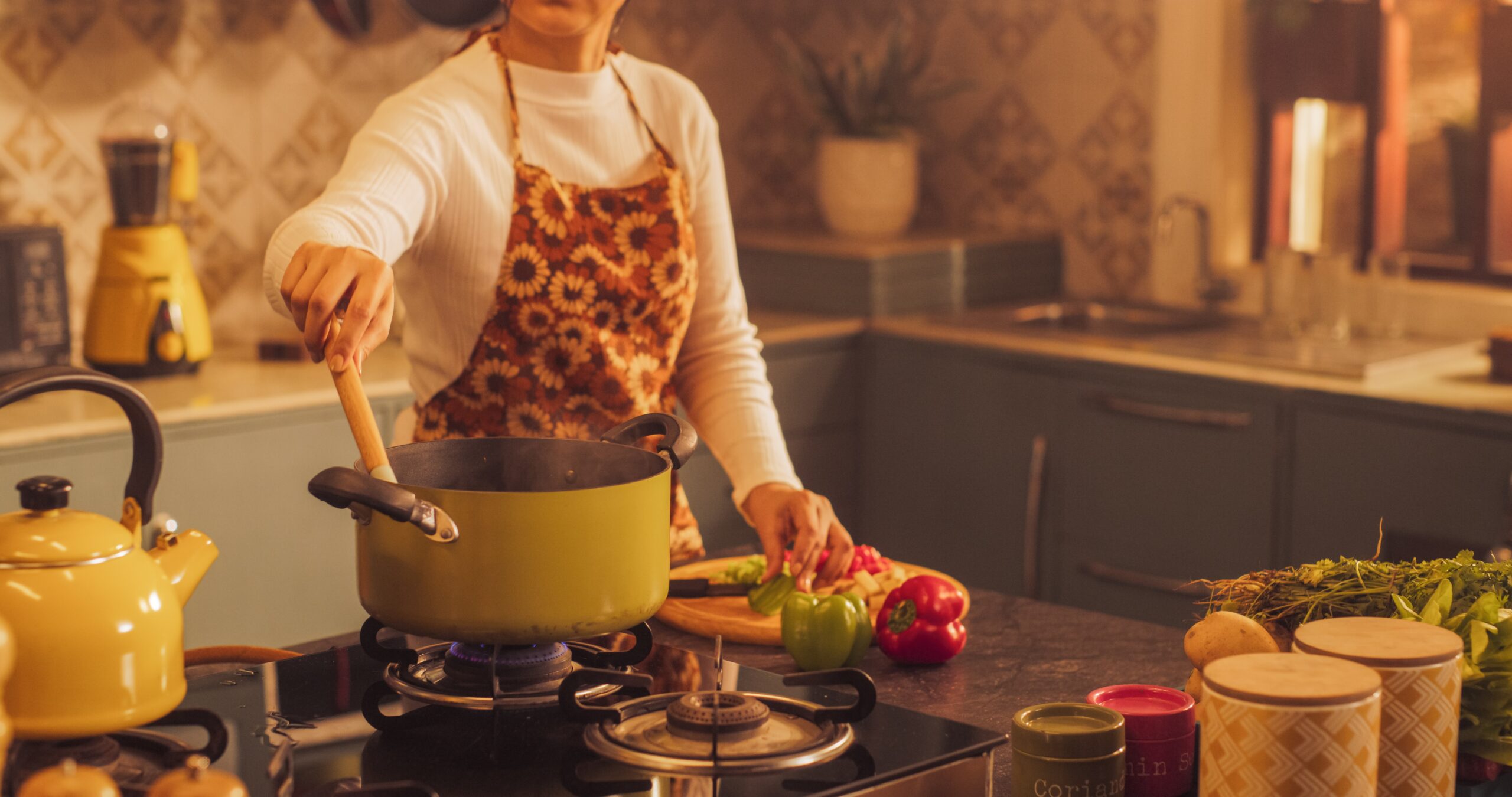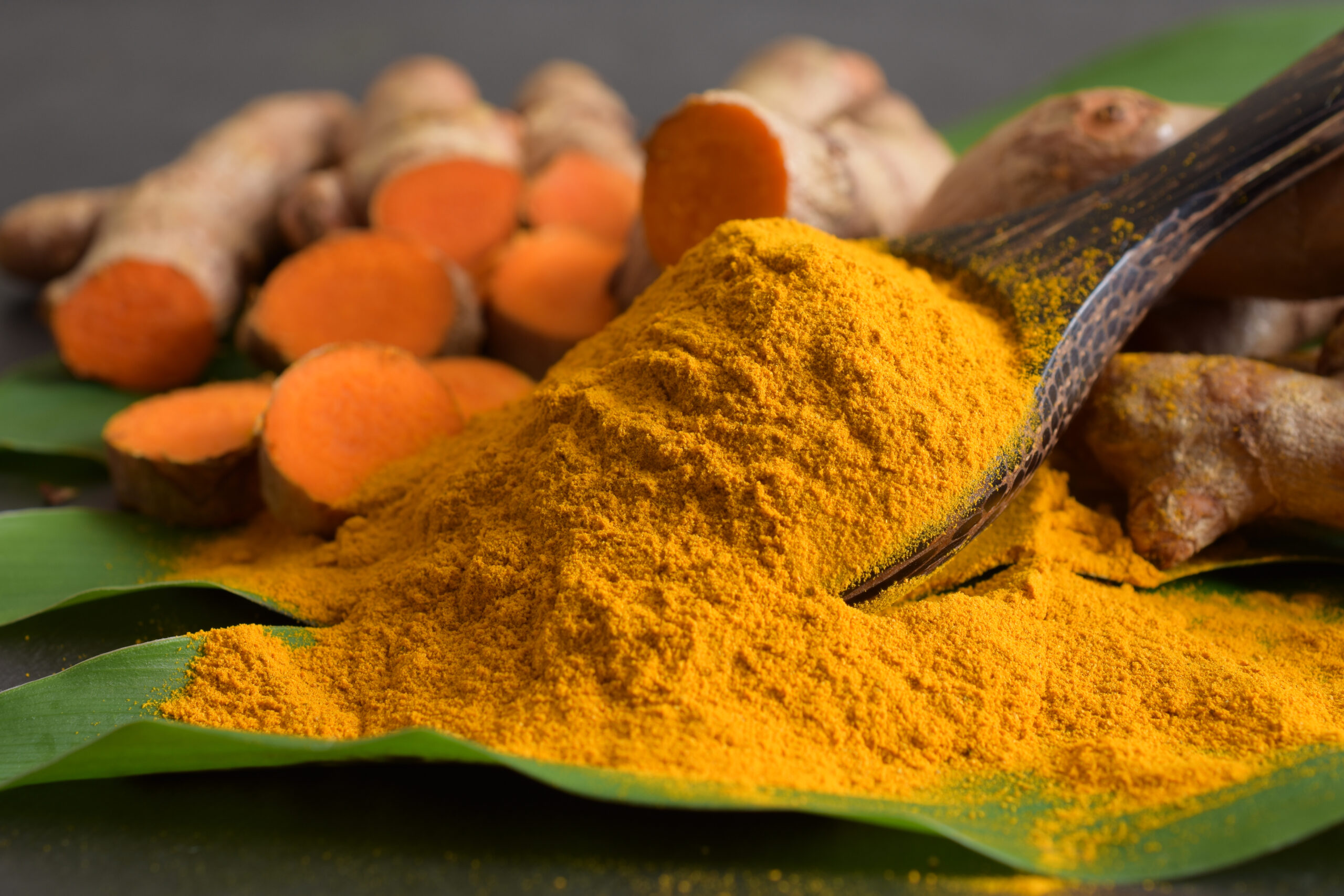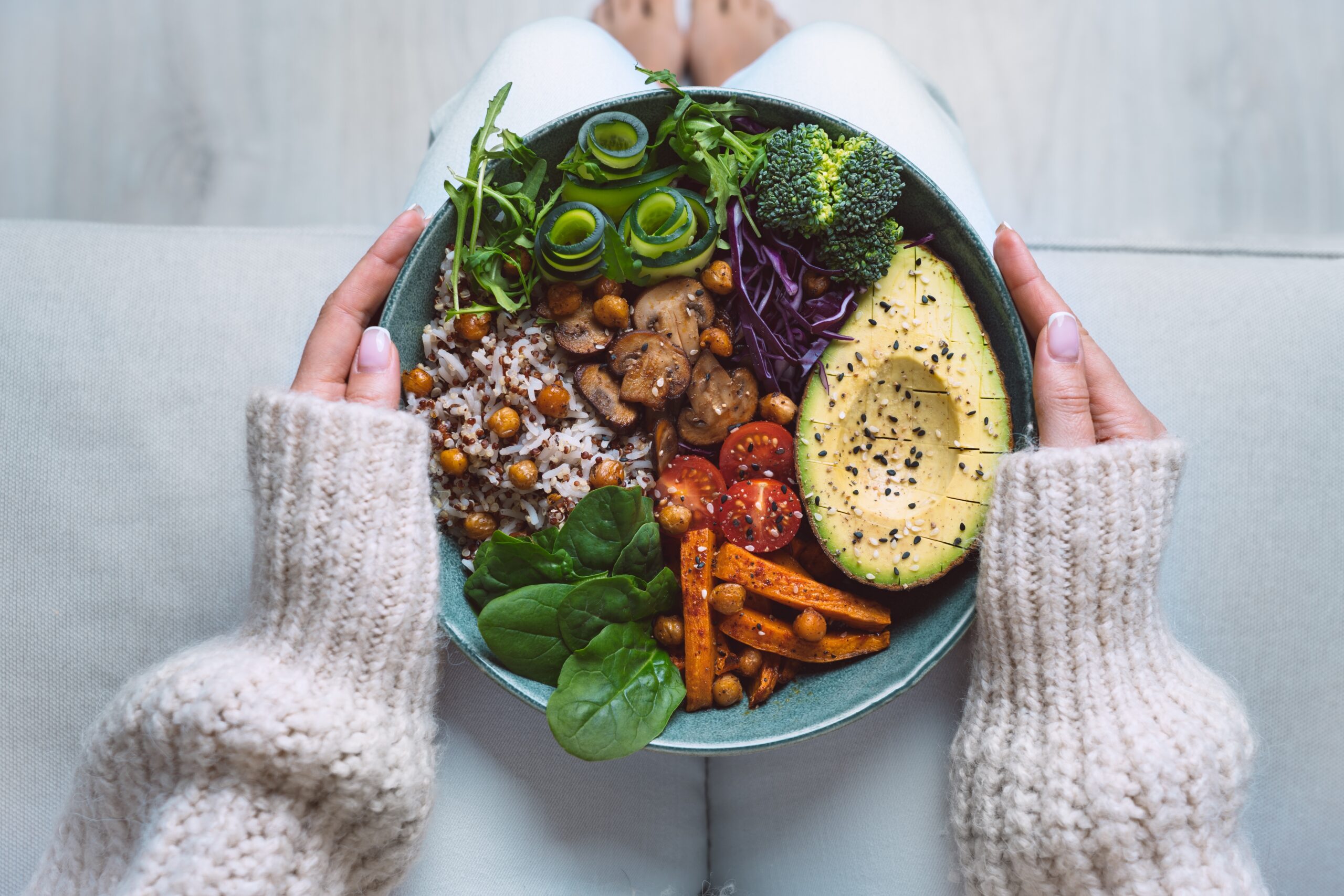Did you know that not washing your hands often enough in the kitchen might be the secret ingredient ruining your favorite dish?
At a Glance
- Most home cooks fail to wash their hands correctly, risking foodborne illnesses.
- Smartphones and raw meat are major sources of cross-contamination.
- Proper handwashing is crucial before, during, and after food preparation.
- Behavioral changes supported by education can improve kitchen hygiene.
The Handwashing Conundrum
Picture this: You’re preparing a gourmet meal, the aromas are heavenly, and your mouth is watering. But there’s a sneaky villain lurking—your hands! According to a 2023 USDA study, a staggering 97% of participants flunked the handwashing test while cooking. Imagine that! Even seasoned cooks forget to wash their hands after touching their phones or raw meat, leaving behind a trail of germs that could rival a horror movie.
Hand hygiene has been saving lives since the 19th century, thanks to trailblazers like Ignaz Semmelweis. Yet, fast forward to today, and we’re still fighting the battle of the unwashed hands. The COVID-19 pandemic might have taught us a thing or two about sanitizing, but our kitchen habits seem to have missed the memo. It’s time we cook up a storm of change in our kitchens, starting with the basics.
Watch: USDA: 96% test kitchen participants failed to wash hands properly
The Kitchen’s Dirty Little Secrets
Let’s dive into the germ-infested world of kitchen mistakes. First, the notorious phone. Yes, that device glued to our hands is a hotspot for bacteria. Food safety experts like Meredith Carothers from the USDA and Patrick Guzzle from the National Restaurant Association emphasize the need for rigorous handwashing after handling phones or raw meat. And don’t even get them started on surface sanitization! Cleaning isn’t enough; you need to sanitize with approved disinfectants to keep those pesky germs at bay.
Then there’s the misunderstood art of reheating. Leftovers are a blessing, but only if reheated to the right temperature. Experts recommend heating your culinary creations to 165°F (74°C) to say goodbye to unwanted bacteria. And let’s not forget about food storage. Leaving cooked food out for more than two hours? That’s a big no-no. The fridge is your best friend here, keeping your meals fresh and safe.
Winning the Hand Hygiene Battle
So, how do we turn the tide in the handwashing war? It’s simple: education and a splash of innovation. The CDC and USDA are on a mission to spread the word about the importance of washing hands before, during, and after food preparation. And let’s not forget the high-risk items like raw meat, poultry, seafood, and eggs. Those are the usual suspects when it comes to cross-contamination.
Behavioral change isn’t easy, but it’s necessary. Imagine kitchen designs that make hand hygiene intuitive or gadgets that remind you to wash your hands. The possibilities are endless. And while gloves might seem like a quick fix, experts caution that they are no substitute for a good handwashing session.









